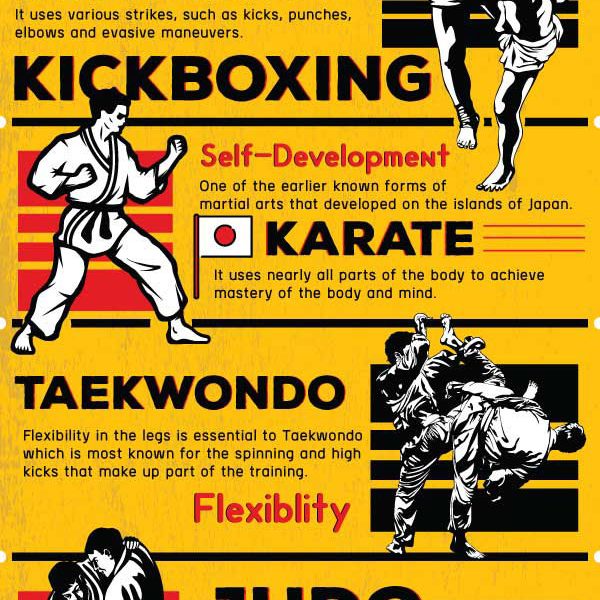The Worldwide Background And Transformation Of Martial Arts
The Worldwide Background And Transformation Of Martial Arts
Blog Article
Content Writer-Mortensen Matthews
Martial arts have a remarkable history that extends centuries and continents. You may locate it interesting just how old methods like Shuai Jiao and Kalaripayattu prepared for modern-day fight techniques. These disciplines not just highlight physical skills however additionally mirror the cultures that birthed them. As martial arts and fitness explore their development, consider how globalization has actually transformed these conventional forms into crossbreed styles. What chinese martial arts styles do you believe have shaped today's martial arts landscape?
Ancient Martial arts: The Foundations of Fight
As you look into the globe of ancient martial arts, you'll discover the abundant structures that formed fight techniques across cultures. Very early techniques concentrated on Self-Defense and survival, typically including strikes, hurting, and weapons.
In ancient China, as an example, methods like Shuai Jiao stressed throws and joint locks, while India's Kalaripayattu showcased dexterity and liquid movement. Japanese samurai established Kenjutsu, a refined swordsmanship that highlighted technique and approach.
visit our website offered not just for fight however also as a way of personal development, instilling worths like regard and perseverance. The mixing of these strategies with time prepared for the diverse martial arts you see today, each showing the unique philosophies and needs of its culture.
The Cultural Impact on Martial Arts Growth
While martial arts typically mirror the useful needs of a society, they additionally embody the cultural worths and beliefs of their origins. When you check out different martial arts, you'll discover exactly how they're influenced by religious beliefs, viewpoint, and social standards.
For instance, the emphasis on regard and discipline in Japanese martial arts stems from Zen Buddhism and samurai society. In contrast, Brazilian Jiu-Jitsu promotes flexibility and strategy, formed by the requirement for effectiveness in a diverse, multicultural atmosphere.
You might find that the rituals, uniforms, and training approaches show a neighborhood's background and identity. By understanding these social impacts, you strengthen your gratitude of martial arts and their role fit human experiences around the world.
Modern Adaptations and the Globalization of Martial arts
Martial arts have changed substantially in current decades, adapting to contemporary society and international impacts. click over here 'll notice that typical types have mixed with modern methods, producing hybrid styles like MMA. These adaptations deal with diverse target markets, making martial arts obtainable and attractive around the world.
With the increase of social media and electronic systems, you can find tutorials and competitions from all corners of the globe, breaking geographical barriers. This globalization has actually resulted in a shared admiration for various disciplines, from Brazilian Jiu-Jitsu to Taekwondo.
As you involve with these arts, you'll realize they're not just about battle; they promote fitness, technique, and psychological wellness.
Eventually, modern adaptations have improved the martial arts landscape, making it a vibrant and advancing practice.
Conclusion
In exploring the background and development of martial arts, you discover a fascinating blend of strategies, cultures, and approaches. From ancient self-controls like Shuai Jiao and Kalaripayattu to the modern flexibility seen in mixed martial arts, martial arts mirror humanity's quest for Self-Defense and individual development. As you involve with these methods, you not only gain abilities but also a much deeper gratitude for the varied customs that shape our world today. So, continue your journey and embrace the art of fight!
